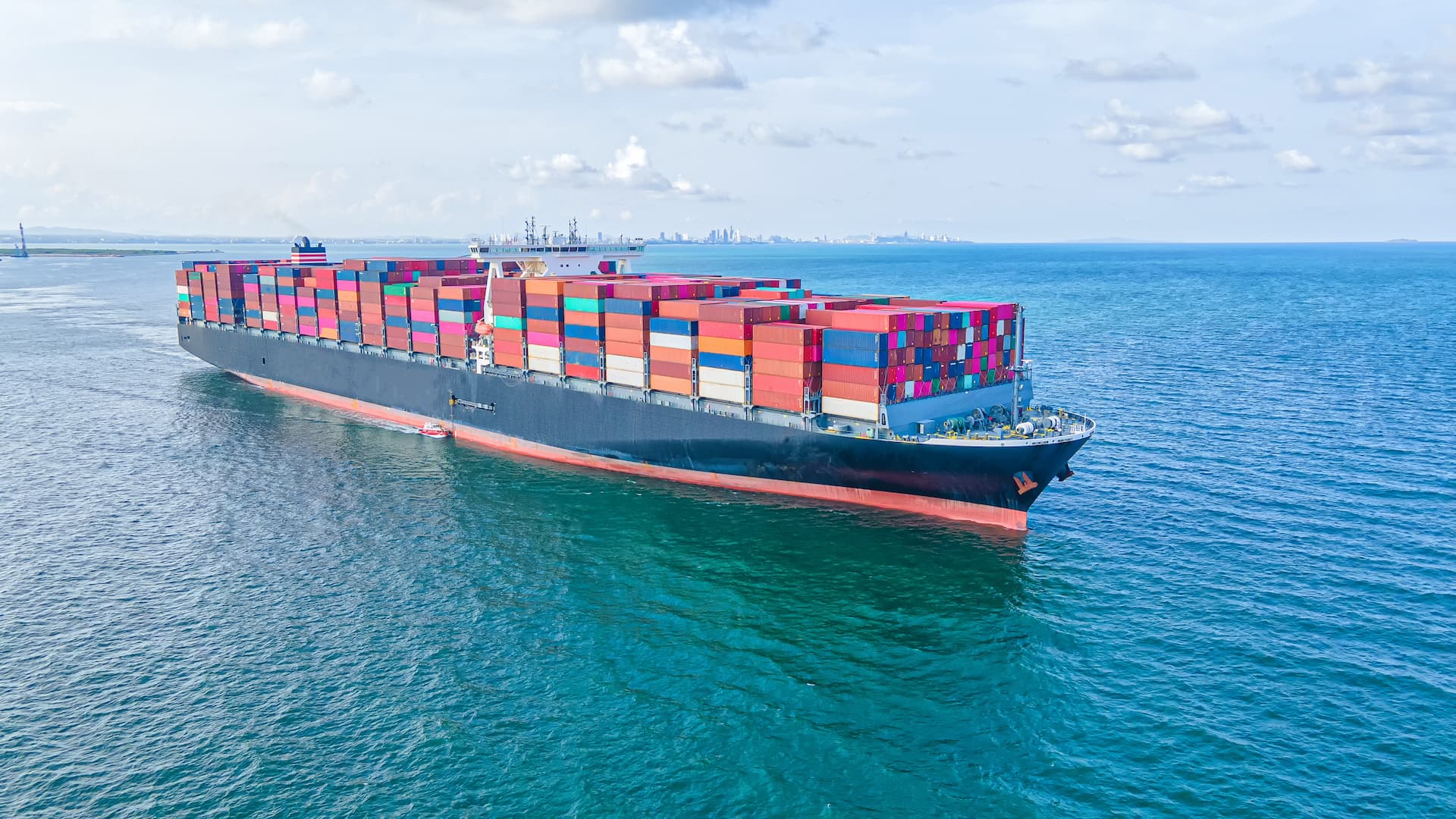In the interconnected world of international commerce, sea freight plays a vital role in bridging continents and enabling the efficient movement of goods. For centuries, shipping via sea has remained a cornerstone of global trade, providing businesses with a cost-effective, reliable, and versatile transportation method.
This blog explores the nuances of sea freight, its advantages, challenges, and the innovations shaping its future. By understanding these elements, businesses can leverage sea freight to strengthen their supply chains and tap into global markets.
What Is Sea Freight?
Sea freight, also known as maritime shipping, involves transporting goods across oceans using specialized cargo ships. It is particularly well-suited for moving large quantities of goods that aren’t time-sensitive, offering an economical alternative to other modes of transportation like air freight.
A major component of sea freight is ocean freight, which focuses on the use of full container loads (FCL) and less-than-container loads (LCL) to optimize shipments. This method offers flexibility, scalability, and security, making it a preferred choice for businesses worldwide.
Advantages of Sea Freight
1. Cost Efficiency
Sea freight is one of the most economical ways to transport goods over long distances. Shipping via sea is significantly cheaper per unit weight compared to air freight, especially for bulk cargo.
2. Global Accessibility
Sea freight connects major ports across the globe, enabling businesses to access markets in remote regions. This vast network ensures reliable and consistent delivery options for international trade.
3. Capacity for Bulk Shipments
Cargo ships can handle large volumes of goods, ranging from heavy machinery to retail products. Whether it’s FCL for exclusive container use or LCL for shared container space, businesses can customize shipments to their needs.
4. Environmental Benefits
Compared to air and road freight, sea freight has a lower carbon footprint, making it a sustainable choice for environmentally conscious businesses. With advancements in green shipping technologies, ocean freight is becoming an even more eco-friendly solution.
The Logistics of Sea Freight
The sea freight process involves several key stages:
- Booking and Documentation: Freight forwarders coordinate with shipping lines to secure container space and ensure that all required documentation, including bills of lading, commercial invoices, and packing lists, is prepared.
- Loading and Transport: Goods are loaded into containers at the port of origin, then transported via cargo ships. Freight forwarders often oversee loading strategies to maximize space and minimize damage.
- Customs Clearance: At both departure and destination ports, customs officials verify shipments for compliance with local regulations. Freight forwarders streamline this process by handling the paperwork and liaising with authorities.
- Final Delivery: Once cleared, goods are either stored in warehouses or transported directly to their final destinations via road or rail.
Freight forwarders like Intoglo simplify these processes with their expertise in ocean freight, ensuring smooth operations from start to finish.
Innovations in Sea Freight
Technological advancements have significantly enhanced the efficiency and reliability of sea freight.
1. Real-Time Tracking
Modern tracking systems allow businesses to monitor their shipments at every stage, ensuring transparency and improved decision-making.
2. Automation in Customs and Documentation
Automated systems reduce paperwork and expedite customs clearance, minimizing delays and human errors.
3. Sustainable Practices
Shipping lines are adopting green technologies, including energy-efficient vessels and low-emission fuels. These initiatives are not only environmentally friendly but also cost-effective in the long run.
4. Blockchain for Enhanced Security
Blockchain technology ensures secure and immutable documentation, reducing the risk of fraud and enhancing trust among stakeholders.
Challenges of Sea Freight
Despite its many benefits, sea freight comes with certain challenges:
- Long Transit Times
Shipping via sea is slower compared to air freight, which may not be suitable for time-sensitive goods. However, careful planning and coordination can mitigate this issue. - Port Congestion
Busy ports can experience delays due to high traffic or operational inefficiencies. Working with experienced freight forwarders ensures proactive measures to address such challenges. - Regulatory Compliance
Navigating international trade regulations and customs requirements can be complex. Freight forwarders specializing in ocean freight provide valuable expertise in handling these intricacies.
Tailoring Sea Freight to Your Needs
Sea freight offers a range of shipping options to meet diverse business requirements.
- Full Container Load (FCL): Ideal for businesses with high-volume shipments, FCL ensures exclusive use of a container for added security and efficiency.
- Less-than-Container Load (LCL): Perfect for smaller shipments, LCL allows multiple businesses to share container space, reducing costs without compromising reliability.
Freight forwarders assist businesses in selecting the right option based on factors such as cargo size, urgency, and budget.
The Future of Sea Freight
The sea freight industry is undergoing a transformation, driven by technological innovation and changing market dynamics.
1. Digitalization
The integration of digital platforms enables real-time communication between shippers, carriers, and customers. These platforms streamline operations, enhance transparency, and reduce costs.
2. E-Commerce Expansion
The rise of e-commerce has increased the demand for efficient shipping solutions. Sea freight providers are adapting by improving inventory management and distribution networks.
3. Sustainability Initiatives
Green shipping practices are becoming the norm, with a focus on renewable energy, waste reduction, and emissions control. Businesses prioritizing sustainability are increasingly choosing ocean freight to align with their environmental goals.
Choosing the Right Freight Forwarder
Partnering with a reliable freight forwarder is essential for a seamless sea freight experience. Look for providers with expertise in ocean freight, strong carrier partnerships, and a commitment to customer satisfaction.
Intoglo, for example, stands out with its transparent pricing, real-time tracking, and tailored logistics solutions. Their focus on sustainability and innovation ensures that businesses can navigate global trade with confidence.
Conclusion
Sea freight remains a pillar of international trade, offering businesses an affordable, flexible, and sustainable logistics solution. From bulk shipments to specialized cargo, sea freight caters to the diverse needs of global commerce.
With advancements in technology and a growing emphasis on eco-friendly practices, ocean freight continues to evolve, ensuring reliability and efficiency in an ever-changing market. By leveraging the expertise of freight forwarders and embracing the latest trends, businesses can unlock the full potential of sea freight and thrive in the global economy.
Whether you’re shipping raw materials or finished goods, sea freight is your pathway to success in the world of international trade. Let the power of the seas propel your business forward.
Stay in touch to get more news & updates on Bang kok Tribune!

